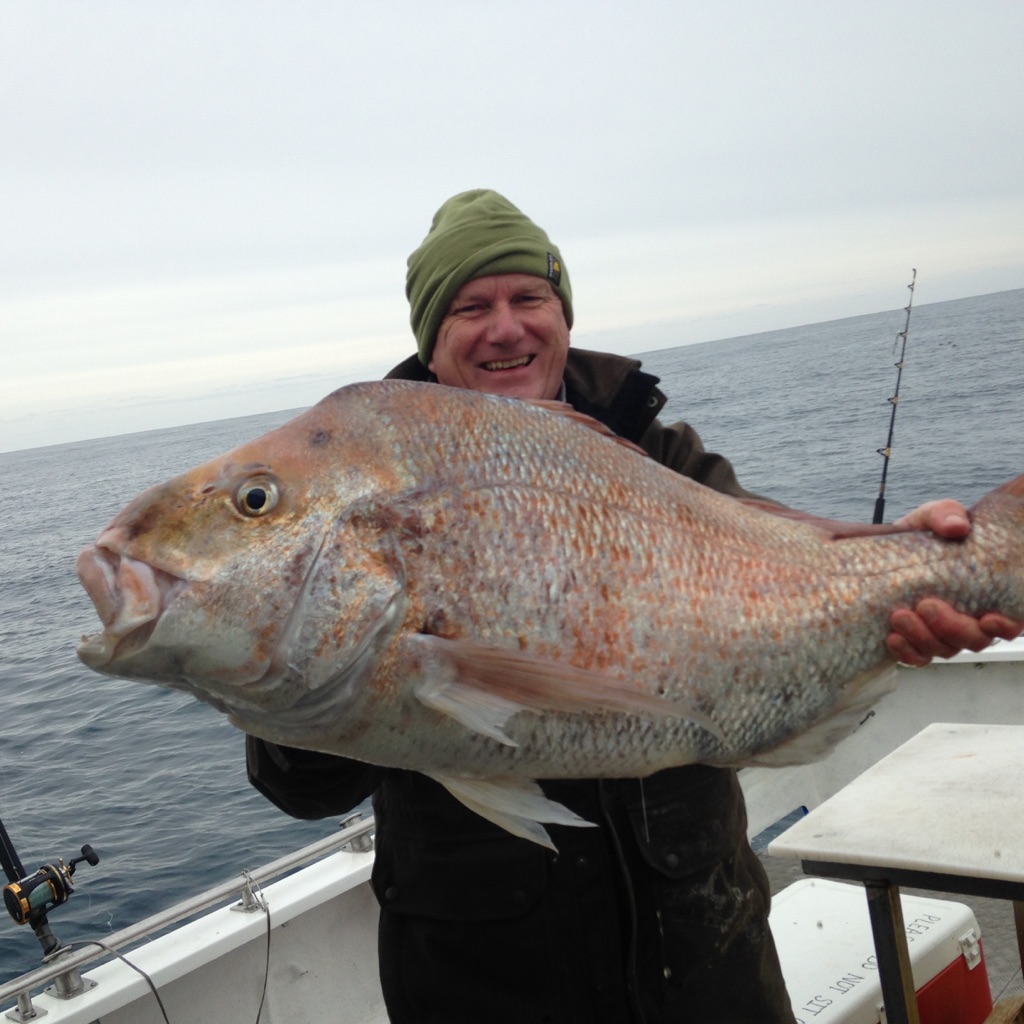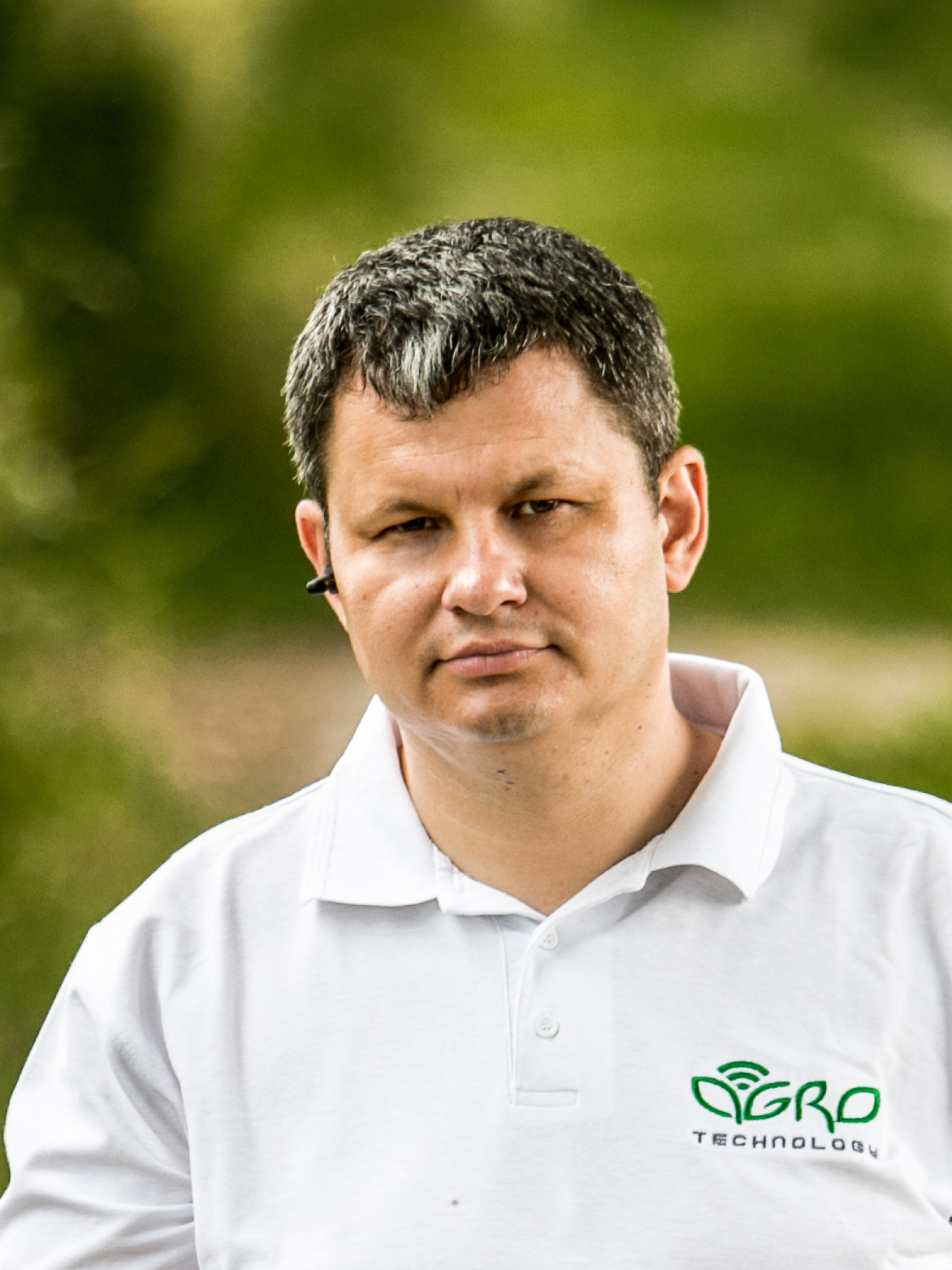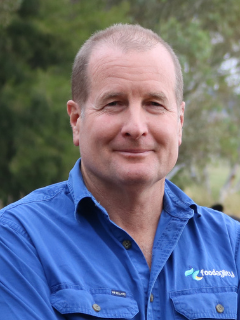
Date: Tue Aug 2, 2016
Time: 8:00 AM - 9:40 AM
Moderator: Joe Luck
Managing pasture nutrient requirements on large hill country sheep and beef properties based on information from soil sampling is expensive because of the time and labor involved. High levels of error are also expected as these properties are often greatly variable and it is therefore extremely difficult to sample intensively enough to capture this variation. Extensive sampling was also not considered viable as there was no effective means of spreading fertilizer with a variable rate capability over this terrain. A large project was commissioned which looked to replace soil sampling in areas of mixed pasture with remotely sensed information from a hyperspectral imaging system to inform fertilizer application. One of the major objectives of the project was to establish whether hyperspectral imaging could map pasture nutrient concentration levels from aerial surveys. Canopy reflectance data was measured using a high resolution airborne visible-to-shortwave infrared (Vis-SWIR) imaging spectrometer measuring in the wavelength region 380 to 2500 nm to predict nutrient concentrations. The main nutrients of interest were nitrogen (N) phosphorus (P), potassium (K), sulfur (S).
Nutrient prediction models were developed using a number of regression, such as Support Vector Regression, methods which utilized calibrating ground based surveys. The level of explanation for the various nutrients is stated. High levels of explanation were achieved and the best training models were used to extrapolate the models to the whole farm. The methodology has been used over 8 geographical areas of New Zealand and in different seasons to maximize the levels of variation observed and avoid model over fitting. The project is working closely with Ravensdown Fertiliser Co-operative Limited who has funded the project in partnership with the New Zealand Ministry for Primary Industry. The project will allow the company to develop a much more precise and efficient nutrient planning and application service. The nutrient application will be completed through a fleet of topdressing aircraft and vehicles capable of variable rate application. The spatial maps demonstrate large variations in pasture nutrient content and other pasture quality parameters which are not normally measured and therefore not taken into account by farmers in their pasture management. Information from the project presents a significant opportunity to improve pasture management and resulting animal production.


Traditionally pasture has been measured or evaluated in terms of a dry matter yield estimate, which has no reference to other important quality factors. The work in this paper measures pasture growth rates on different slopes and aspects and pasture quality through nitrogen N% and metabolizable energy and ME concentration. It is known that permanent pasture species vary greatly in terms of quality and nutritional value through different stages of maturity. Pasture quality decreases as grass tillers mature through to flowering. This study looks at the value of pasture on 14 sites, with different aspects, slopes and pasture species within Ohorea; a hill country sheep and beef station in the central North Island of New Zealand over a year. A field study was undertaken to examine the changes in pasture growth rate and quality. The purpose was to value the pasture in dollar terms calculated from a conversion factor based on animal carcass weight produced from an 845ha block over a twelve month period. The pasture produced, estimated from cage cuts on the 14 sites, varied in estimated value from NZ$0.11 to NZ$0.38kg-1 dry matter produced. The use of dry matter yield as the sole means of valuing pasture is flawed and a new index introduced based on a quality and quantity matrix is required.

An animal’s behaviour can be a clear indicator of their physiological and physical state. Therefore as resting, eating, walking and ruminating are the predominant daily activities of ruminant animals, monitoring these behaviours could provide valuable information for management decisions and individual animal health status. Traditional animal monitoring methods have relied on human labor to visually observe animals. Accelerometer technology offers the possibility of remotely monitoring animal behaviour continuously. In terms of commercial reality, an ear-borne sensor is the most suitable for the sheep industry. The aim of this study was to determine the effectiveness of an eartag deployed accelerometer sensor to differentiate between, grazing, standing and walking behaviours from a Merino ewe. Using a subset of eight summary features a Quadratic Discriminant Analysis (QDA) correctly predicted 100%, 83% and 100% of grazing, standing and walking events respectively. Preliminary results are promising and indicate that an ear-deployed accelerometer is capable of identifying the key sheep behavior’s that might contribute to disease detection and welfare validation. Further research is required to assess the suitability of accelerometers for behaviour detection across different sheep ages, breeds and environments.


Accurate and reliable assessment of pasture or forage biomass remains one of the key challenges for grazing industries. Livestock managers require accurate estimates of the grassland biomass available over their farm to enable optimal stocking rate decisions. This paper reports on our investigations into the potential application of affordable Lidar (Light Detection and Ranging) systems and Active Optical (reflectance) Sensors (AOS) to estimate pasture biomass. We evaluated the calibration accuracy of the recently released Pulsed Light LidarLite™ against common AOS including the Trimble® GreenSeeker® Handheld and Holland Scientific ACS-470 Crop Circle™ in a Tall Fescue (Festuca arundinacea) pasture. We also compared the LidarLite™ sensor against a rising plate meter which has traditionally been used to assess pasture height and density. Finally, we explored the potential for integrating AOS with Lidar to improve biomass estimation accuracies. Both the plate meter and the Lidar sensor were significantly related to Total Dry Matter (P<0.01). The Lidar reported a slightly better R2 (0.75) than the plate meter (0.72). Both AOSs were found to have a significant relationship with TDM (P<0.01) with the ACS-470 Crop Circle™ showing a slightly higher R2 (0.88) than the GreenSeeker® Handheld (R2=0.80). A number of variable transformations and combinations of both the ACS-470 Crop Circle™, GreenSeeker® Handheld and LidarLite™ were explored. The optimal model was found to be a non-linear transformation of the mean height multiplied by the mean NDVI derived from the ACS-470 Crop Circle™. We have subsequently defined this model as the Non-Linear Height and Reflectance Index (NHRI). The relationship of the NHRI to TDM was found to be significant (P<0.01) with a R2 of 0.96. Whereas this study investigated two different types of AOS, in order to develop the NHRI, future research should focus on engineering similarly affordable integrated devices which combine height and photosynthetically active biomass sensors.
